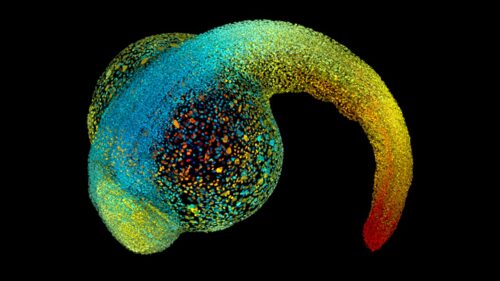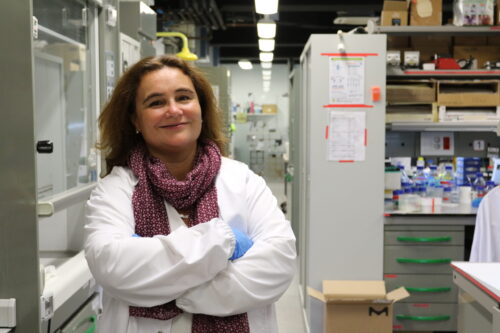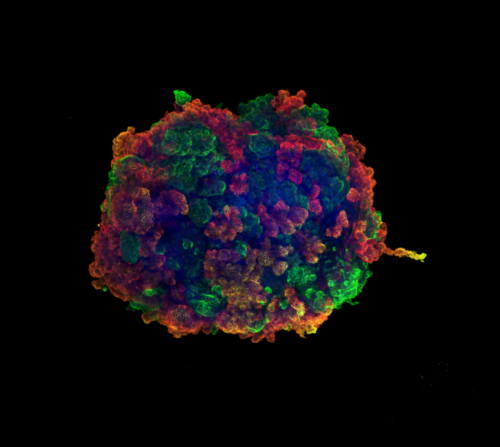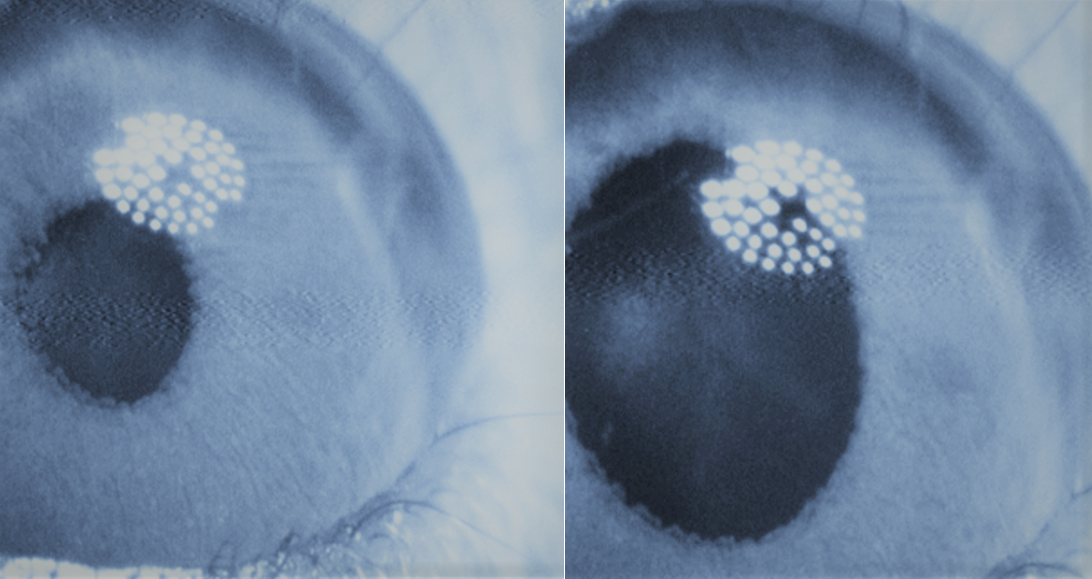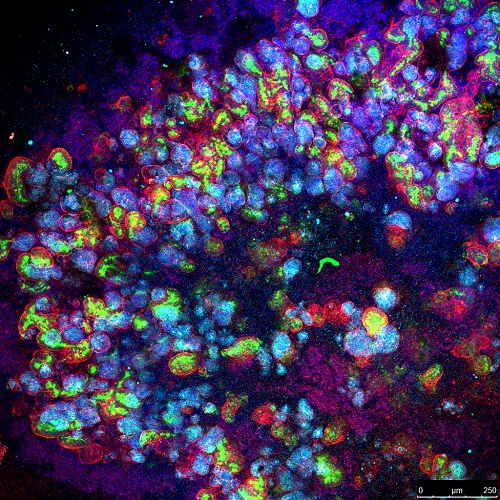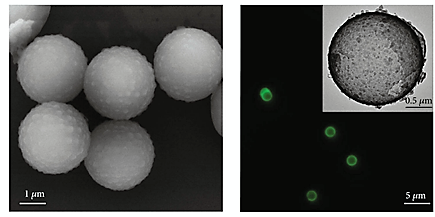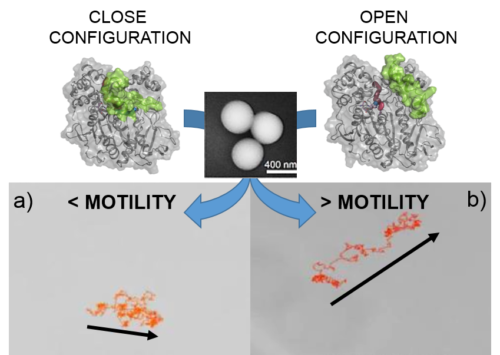Research news
Dermoglass technology takes the leap into the pharmaceutical industry
Dermoglass becomes the first project funded by the CaixaImpulse program to be licensed to a pharmaceutical company, Laboratorios ERN. It is a new technology to tackle chronic ulcers developed by the research group “Biomaterials for Regenerative Therapies” led by Dr. Elisabeth Engel at the Institute for Bioengineering of Catalonia (IBEC), who is also Professor at Polytechnic University of Catalonia (UPC).
An international study co-led by IBEC identifies the genes that protect against kidney diseases
Researchers from the Institute for Bioengineering of Catalonia (IBEC), led by Dr. Nuria Montserrat, in collaboration with international researchers, have identified the genes that could protect the kidney from chronic damage. The identification was carried out using mini-kidneys created from human stem cells and generated in the laboratory using bioengineering techniques.
Researchers discover a mechanism to cross the protective barrier of the brain
An international study led by IBEC researcher Giuseppe Battaglia identifies a mechanism and conditions that allow molecules to efficiently cross the blood-brain barrier, the protective layer of the brain. This study describes the role of protein LRP1, bringing light to safe and efficient entrance of drugs to the brain.
New molecules developed in IBEC allow dilating the pupil with light
A study led by researchers from the ‘Nanoprobes and Nanoswitches’ Group of the Institute for Bioingeniería of Catalunya (IBEC) shows, for the first time, that the receptor proteins that control processes such as the pupil reaction can be regulated by light and new chemical compounds called “Adrenoswitches”.
Unlocking the potential of human organoids through bioengineering
In a new review published in the prestigious scientific journal Nature Materials, IBEC experts discuss together with international experts from USA and Europe how bioengineering could be applied for the presentation of external inputs to better guide self-organisation and differentiation of human pluripotent stem cells (hPSCs) in order to generate higher-grade organoids
Microrobots mobility and ionic strenght: theory and experiments reveal their relationship
The group of ICREA Professor Samuel Sánchez at IBEC leads a work revealing that the self-propelled movement of microrobots depends on the amount of salts, called ionic strength, present in the liquid they navigate in. By combining theoretical and experimental work, researchers develop a model explaining the relationship between ionic strenght and mobility.
Electric forces to characterize future biocompatible organic electronic devices
A joint collaboration between the Institute for Bioengineering of Catalonia (IBEC), the Institute of Materials Science of Barcelona (ICMAB) and The University of Manchester has succeeded in mapping the electrical properties of organic biosensor/electrolyte interfaces at the nanoscale by measuring local electric forces. Electronic biosensors based on organic materials could make soon a reality the dream of low-cost, disposable, flexible and biocompatible electronic devices for the interaction with biological systems .
Cells can detect the amount of space available and take decisions using their nucleus
A study published today in the journal Science shows that different cell types can use their nucleus—the cell’s stiffest and bulkiesnest organelle—to measure the level of confinement they are subjected to. These results are of particular interest for the study of cell migration, both in healthy and cancerous tissue. Marc Molina, current IBEC researcher, contributes to this article for his work done during his previous position at King’s College London
Controlling the speed of enzyme motors brings biomedical applications of nanorobots closer
A study by scientists at the Centro Nacional de Investigaciones Cardiovasculares (CNIC), the Universidad Complutense (UCM), Universidad de Girona (UdG), and the Institute for Bioengineering of Catalonia (IBEC), working together with other international centers, has overcome one of the key hurdles to the use of nanorobots powered by enzymes called lipases.

